Well done AstraZeneca. More focussed on humanity than on profit. Can't say that of Pfizer. AZ are supplying the world with their vaccine at cost-price. A significant amount of the product is being made in India and a large part of that production destined for COVAX use. The EU meanwhile are erroneously slating the AZ product whilst threatening to withold exports of the product made within the EU. They are stockpiling millions of these doses needed elsewhere in the world. I worry that with AZ's cost-price initiative depressing their share price somewhat and Pfizer's rapacious profit focus causing their share price to rise we may again see a takeover bid by Pfizer of AZ. Back in 2014/2015 Pfizer aimed to sidestep the high US tax rate by effectively moving to Europe. Trump solved that for them. Biden however may cause that need to return. The Useful Idiots in the EU hardly help the situation by their flip-flop decisions on AZ efficacy and (unfounded) blood-clot worries. But, the outcome for EU pharma companies will not be hindered by the removal of AZ as a large player on Europe's doorstep.
Countries that have bought and donated the most COVID-19 vaccine doses
Countries sharing their vaccine supply
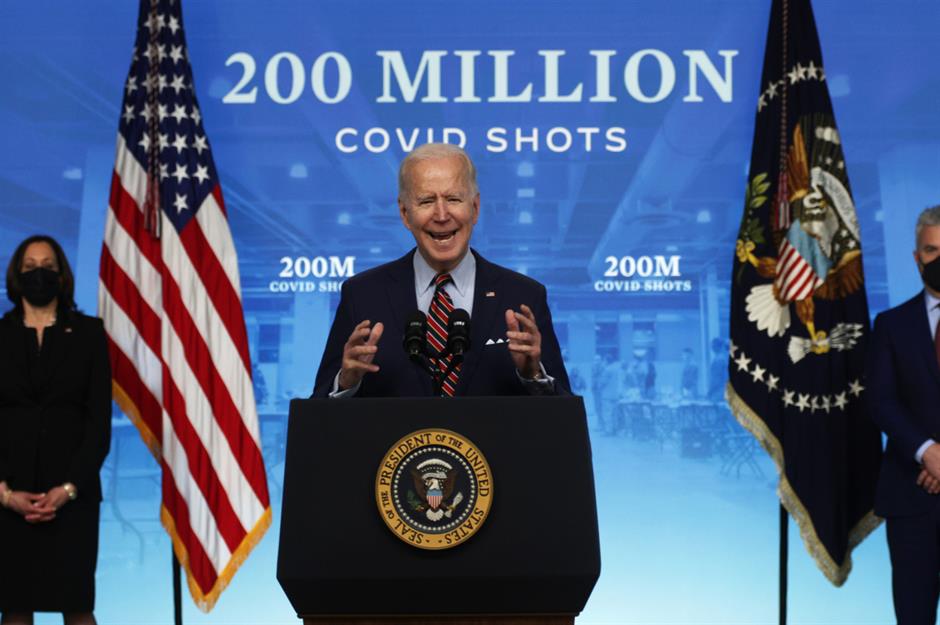
This week America has announced it's donating 60 million doses of its AstraZeneca vaccine supply – which has not yet been approved in the US – to other countries. This comes after it sent four million doses to neighbours Canada and Mexico in March. While President Joe Biden hasn't specified where these 60 million doses are going to be sent, it is likely that India, which is experiencing a severe second wave, is set to benefit.
America's announcement comes one month after the alliance it holds with Japan, India and Australia, known as the Quad, promised to supply a billion vaccine doses to Asia by the end of 2022.
Many countries have acknowledged the importance of donating vaccine doses in the global fight against COVID-19. In fact, the World Health Organization's COVAX initiative has been created to try to make sure that vaccines are being distributed fairly among rich and poor countries. COVAX wants to distribute two billion vaccine doses within a year, but its creation hasn't eliminated inequalities in vaccine access and some countries have bought more doses that others. Click or scroll through to find out which 30 nations and groups that have bought the most vaccine doses so far, based on the latest data collated by Duke University's Global Health Innovation Center for its Launch & Scale Speedometer, as of 23 April 2021.
All dollar amounts in US dollars unless otherwise stated.
Bangladesh: 33 million doses

Bangladesh has only managed to order 33 million doses of the Oxford-AstraZeneca vaccine at $4 (£2.90) a dose, enough to immunise just 10% of its population. However, the South Asian country has been gifted 1.2 million doses from India and is getting 60 million doses as part of the COVAX initiative to offer low-cost vaccine to less wealthy countries. Bangladesh is also developing a vaccine of its own called Bongavax. The nationwide vaccination programme began on 7 February, but the Bangladeshi authorities have been struggling to get people to register to be vaccinated.
Ukraine: 33.2 million doses
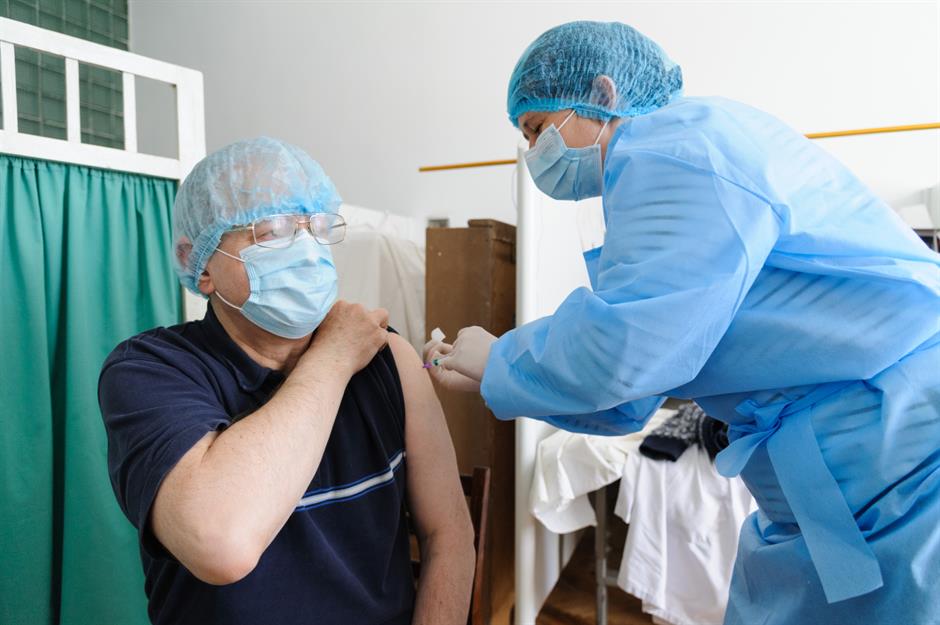
Ukraine kicked off its vaccination drive in February, starting with doctors, the military and the National Guard. At this time President Volodymyr Zelenskyy announced that the country hoped to vaccinate at least half of the nation during 2021 and early 2022. So far, Ukraine has secured 33.2 million vaccine doses, ordering 15 million doses from Novavax, 10 million doses from Pfizer-BioNTech, 5 million from Sinovac, and 3.2 million from Oxford-AstraZeneca.
Myanmar: 33.5 million doses
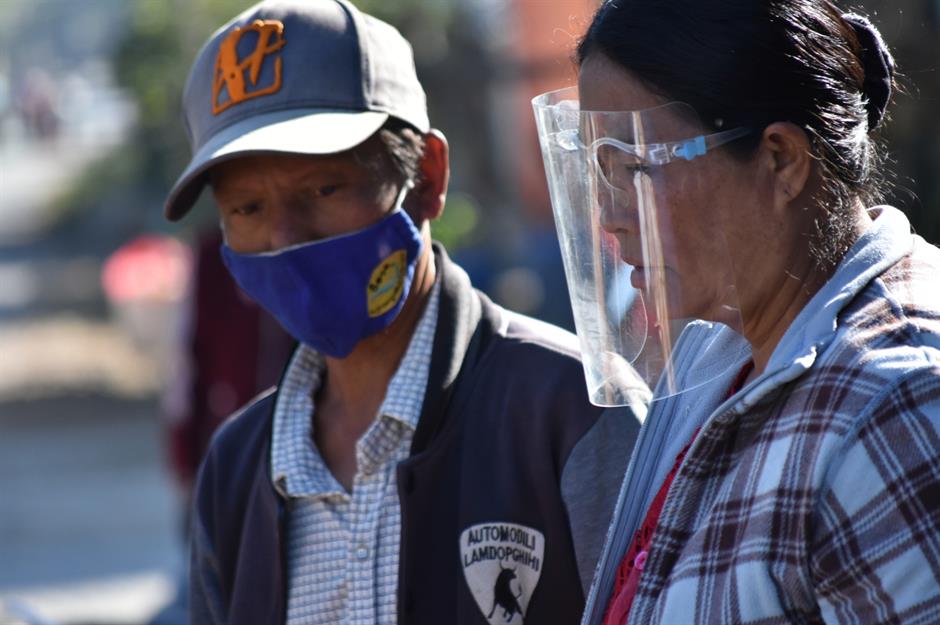
Taiwan: 40 million doses
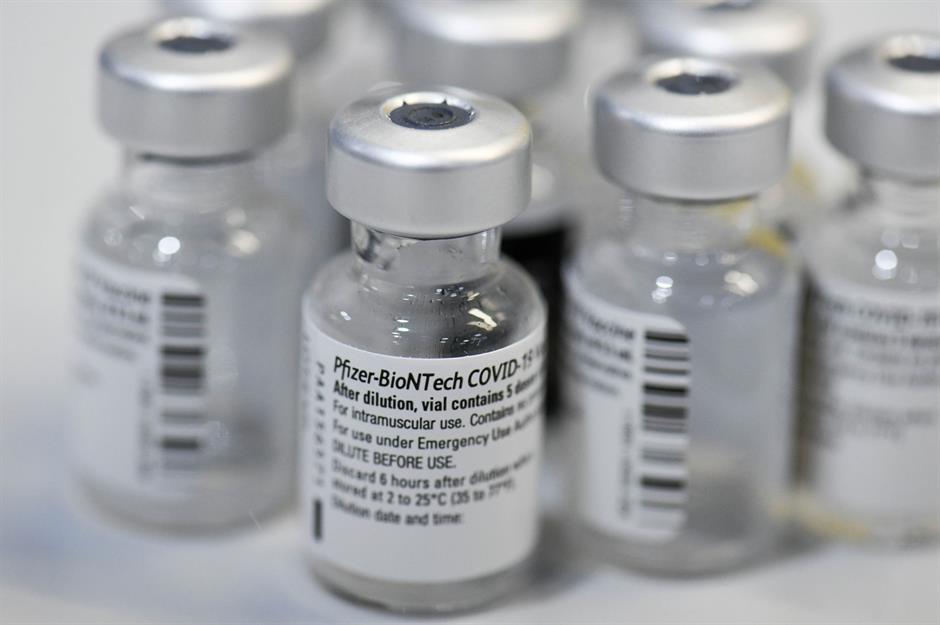
Applauded for its success containing the virus so quickly, the Taiwanese government has been ever diligent, ordering 30 million doses of the Pfizer-BioNTech vaccine and 10 million doses of Oxford-AstraZeneca's jab at an estimated cost of $640 million (£466m), based on wholesale prices, which should be sufficient to achieve herd immunity. The rollout kicked off at the end of March, with Premier Su Tseng-chang volunteering to be the first person to receive a shot of the Oxford-AstraZeneca vaccine to underline the government's confidence in that specific vaccine after several countries temporarily suspended the jab due to fears over blood clots.
Colombia: 46.5 million doses
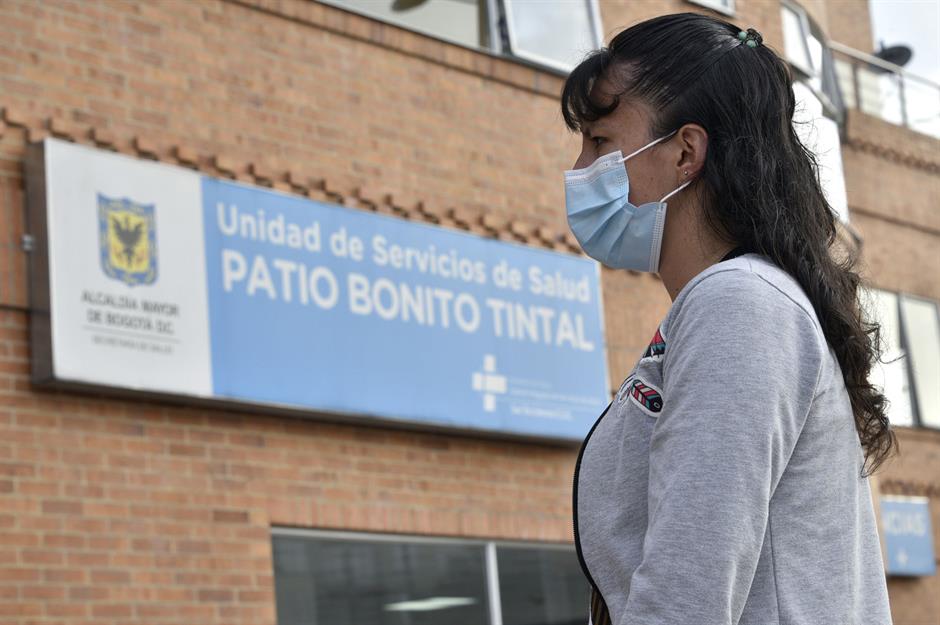
Like many other low- and middle-income nations, Colombia doesn't have enough COVID-19 vaccine on order at present to achieve herd immunity but the government aims to get there by spending hundreds of millions of dollars, with the aim of vaccinating 34 million people by the end of 2021. Right now, it has ordered 46.5 million doses of vaccine: 10 million doses each of the Pfizer-BioNTech, Oxford-AstraZeneca and Moderna vaccines have been reserved, along with 9 million doses of Johnson & Johnson's upcoming jab and 7.5 million of Sinovac. The vaccination programme began in mid-February. Colombia is also reportedly in talks about the Sputnik V vaccine and is also receiving doses from the COVAX initiative, with 117,000 doses of the Pfizer/BioNTech vaccine landing in the country on 1 March. So far around 10% of the adult population has been vaccinated.
Malaysia: 55.3 million doses

Malaysia was experiencing a spike in COVID-19 cases, so the rollout of the national immunisation programme, which began on 24 February, couldn't come soon enough. The country's government has already ordered 55.3 million doses in total, including 25 million of the Pfizer-BioNTech vaccine, and is spending $742 million (£540m) to vaccinate 84% of the population but not until the first quarter of next year.
Argentina: 57.6 million doses
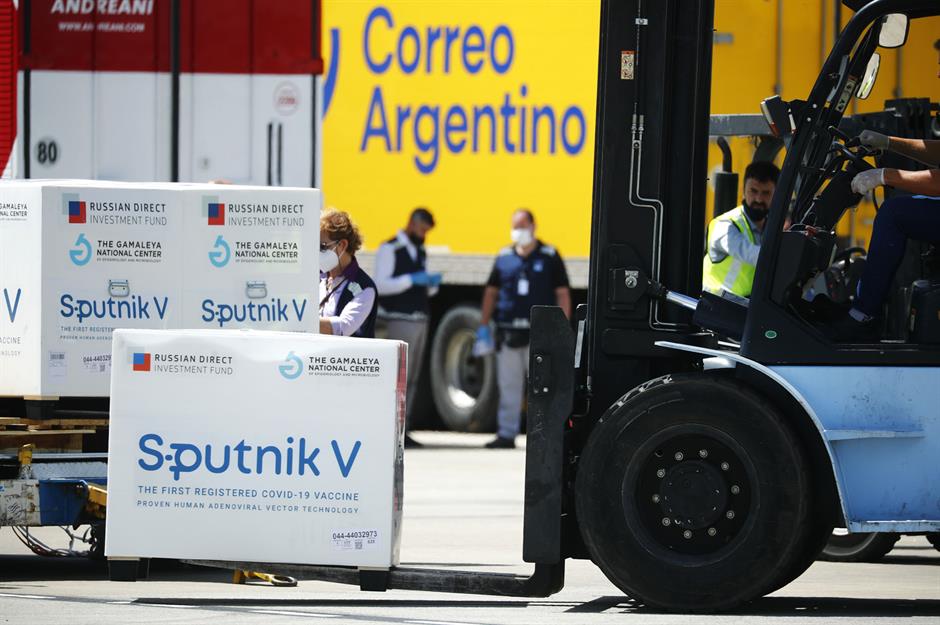
The vaccine rollout has already begun in Argentina, where the first shots of Russia's Sputnik V were administered in late December. The Argentinian government has ordered 30 million doses of the Sputnik V vaccine in total, and secured 23.6 million doses of Oxford-AstraZeneca's vaccine. It has also ordered 4 million doses of the Chinese Sinopharm vaccine, receiving 904,000 of the agreed batch on 21 February. With Sputnik V costing $10 (£7.28) a dose and OxfordAstraZeneca's priced at $4 (£2.90), the bill for the 53.6 million doses from those two vaccine providers alone is set to cost an estimated $394.4 million (£285m).
Peru: 72 million doses
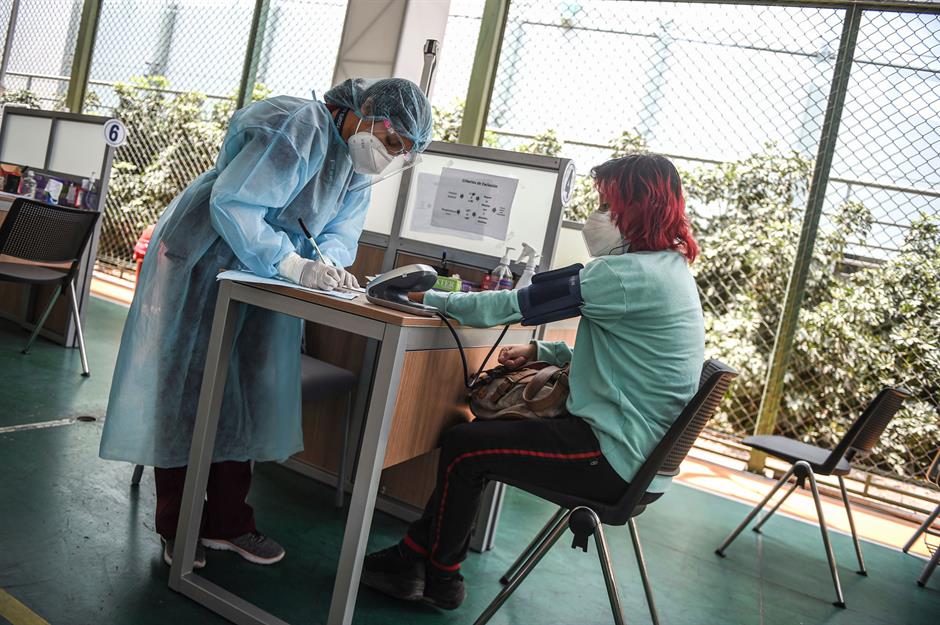
The Peruvian government has settled on three vaccines: China's Sinopharm, Oxford-AstraZeneca and Pfizer-BioNTech. The Sinopharm and Oxford-AstraZeneca vaccines are favoured by less affluent countries as they only require regular refrigeration rather than storage at ultra-low temperatures. The first doses of the Sinopharm vaccine have arrived, with health workers at the front of the queue, but supplies of the Oxford-AstraZeneca vaccine aren't due for delivery until September, although the government is looking to bring its delivery forward. Around 4% of Peru's adult population have received their first vaccine dose so far.
Thailand: 73.1 million doses
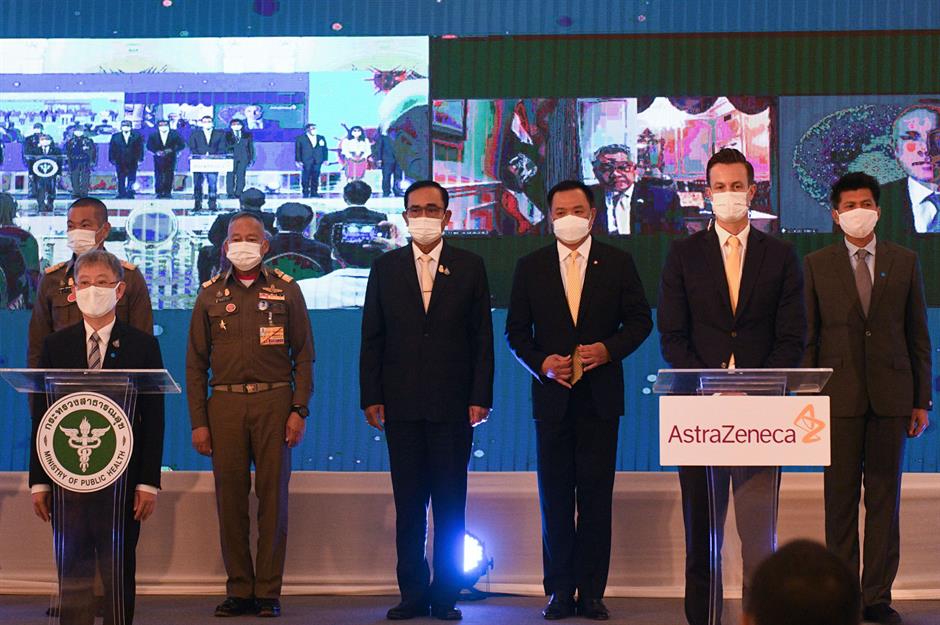
Thailand has secured 66 million doses of the Oxford-AstraZeneca COVID-19 vaccine and 7.1 million doses of China's Sinovac jab. The government has put aside billions of dollars and hopes to vaccinate 70% of the population by next year, but has been slow to implement the mass immunisation programme, which didn't begin until 14 February, due mainly to supply issues. Thai Prime Minister Prayuth Chan-ocha was the first person in the country to be innoculated with the Oxford-AstraZeneca vaccine. On receiving his first dose, Chan-ocha told reporters that he was "boosting confidence for the general public" following the recent concerns around that particular vaccine.
Vietnam: 80 million doses
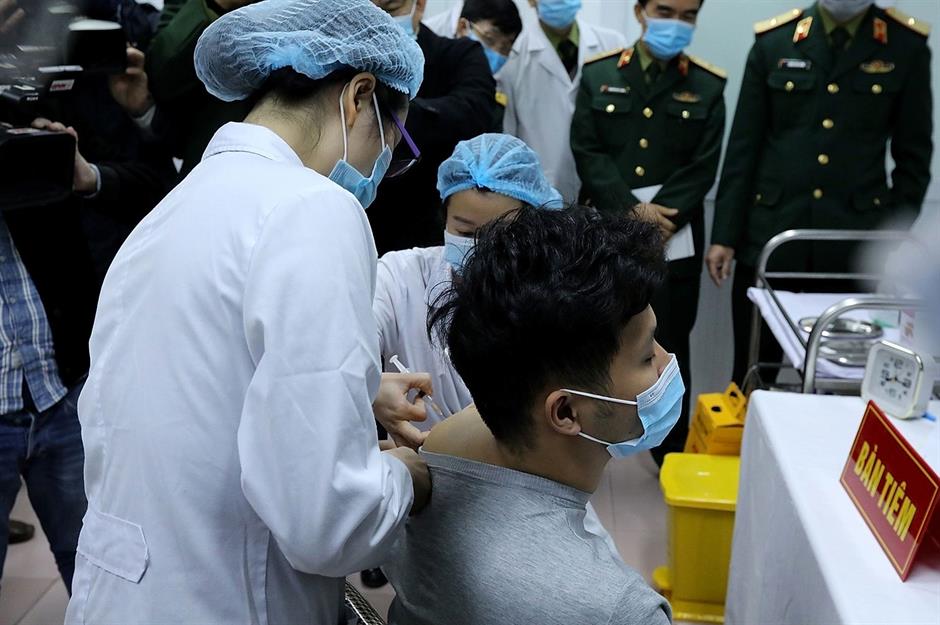
Vietnam's very own Nanocovax vaccine has entered human clinical trials, but is still some way off from gaining approval. In the meantime, the country's government has put its faith in Russia's Sputnik V and the Oxford-AstraZeneca vaccine, of which it has reserved 50 million and 30 million doses respectively. At full price, these orders are worth a total of $620 million (£451m).
Philippines: 90 million doses
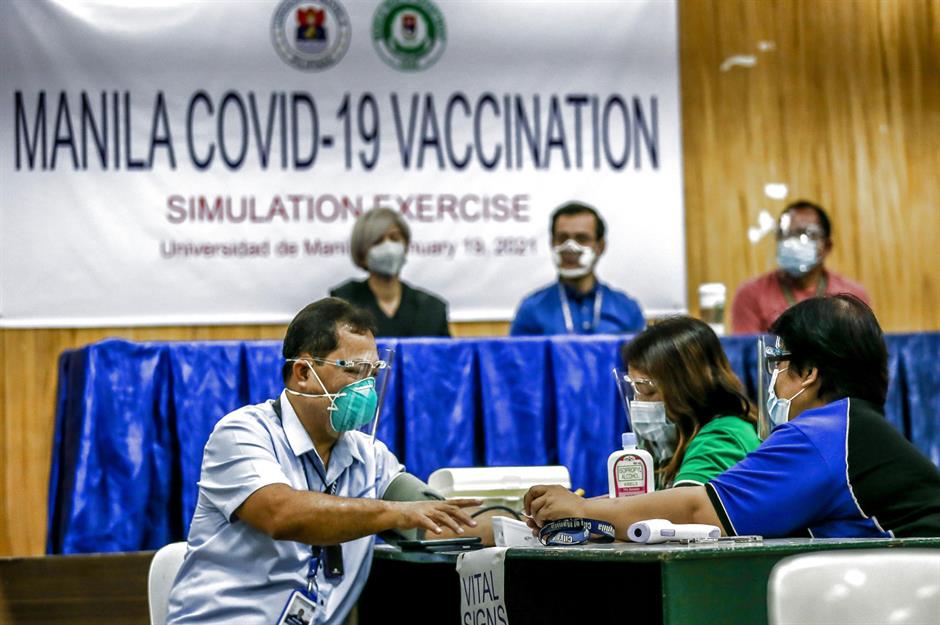
The Filipino government has a challenge on its hands as strong anti-vax sentiment is rife in the country, and so the immunisation programme, which began behind schedule on 1 March due to delays in vaccines arriving, will be far from easy. Orders include 30 million doses from US drug maker Novavax, 25 million doses of the Sinovac vaccine, 17 million doses of Oxford-AstraZeneca's, 13 million doses of Moderna, and 5 million doses of Johnson & Johnson. The country hopes to secure 148 million vaccine doses by the end of 2021, which would cover around 70% of the population. However, it's estimated only 2% of the population has received a first vaccine dose so far.
Chile: 90.2 million doses
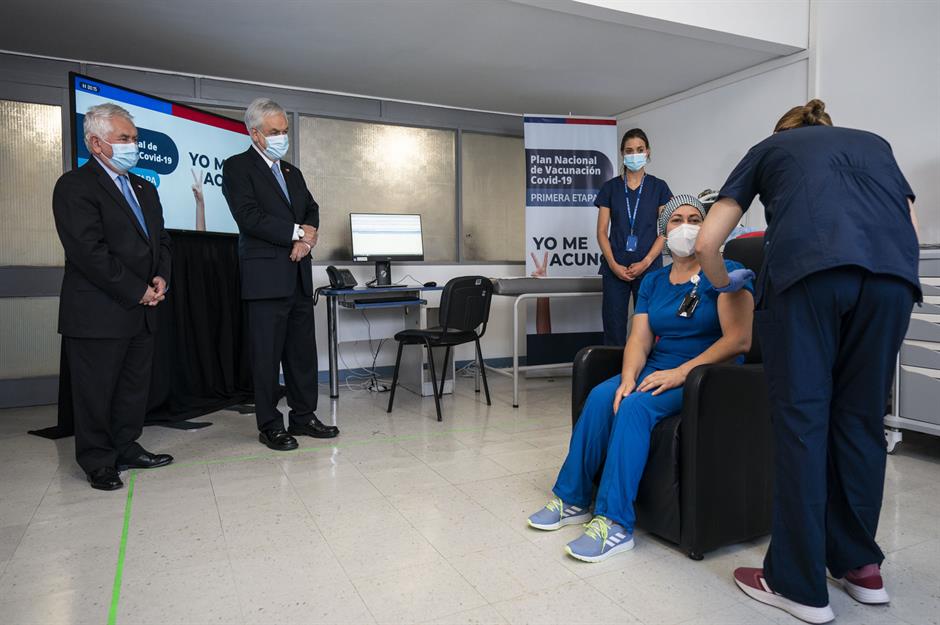
The COVID-19 vaccination programme has marched on in Chile with Pfizer-BioNTech's shot the first to gain approval, followed by the Sinovac jab. The country's government, which has also placed orders for the Oxford-AstraZeneca and Johnson & Johnson vaccines, is spending hundreds of millions of dollars on the programme and has obtained more than enough supplies to immunise every single one of its citizens. The government is predicting 80% of the population will be fully vaccinated by June.
Morocco: 91 million doses

Morocco kicked off its vaccine drive on 26 January and has bought up 41 million doses of the Sinopharm vaccine as well as 25 million doses of the Oxford-AstraZeneca vaccine. As of 28 April the country has administered more than 8.9 million vaccination doses, which would be enough to vaccinate 12.3% of the population. The country intends to vaccinate at least 80% of its population to achieve herd immunity.
Egypt: 95 million doses
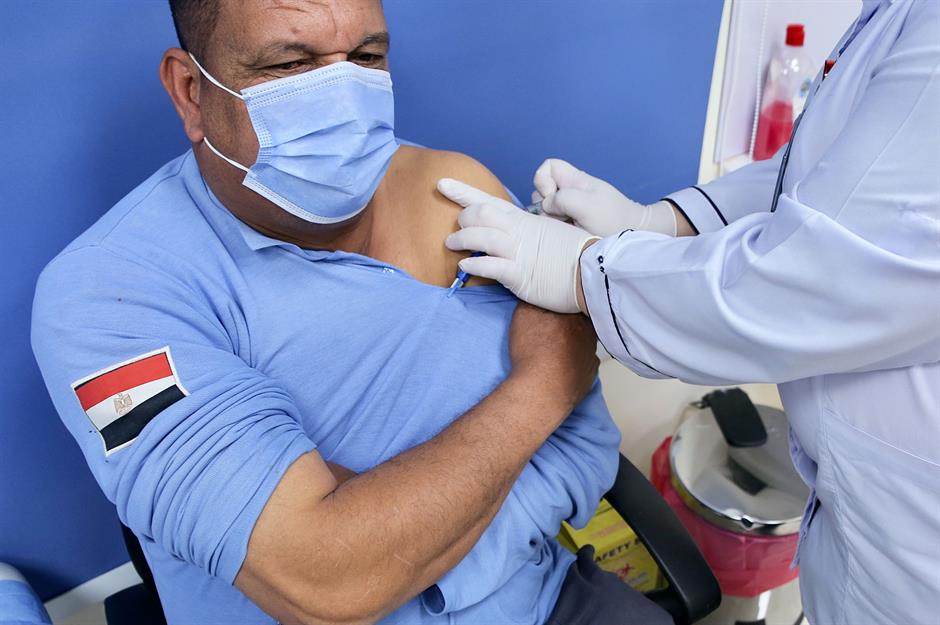
Egypt's government has ordered 40 million doses of vaccine from China's Sinopharm, the first batch of which has already arrived: 30 million doses of the Oxford-AstraZeneca jab; and 25 million doses of Russia's Sputnik V vaccine. Other than healthcare workers, Egyptians with the means to afford the vaccine are expected to pay up to $13 (£9.50) to get immunised, unlike citizens of many other countries, who will be offered the jab for free.
China: at least 100 million doses
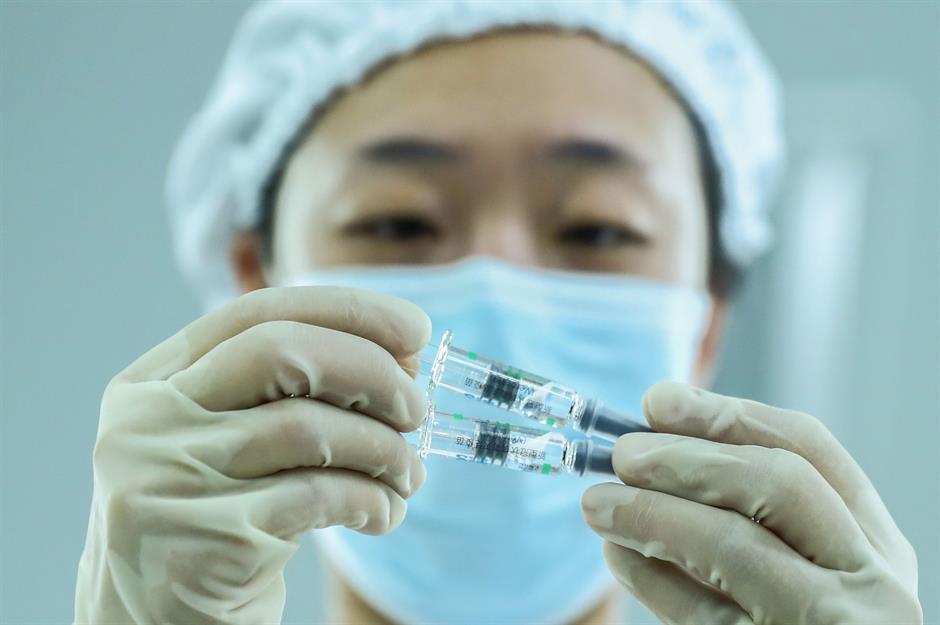
The Chinese government hasn't revealed the number of doses it has ordered of the country's homegrown vaccines, meaning its overall figure is likely to be much higher, but we do know that the nation's authorities have procured 100 million doses of the Pfizer-BioNTech vaccine to bolster domestic supplies, and have paid $300 million (£218m) for the first 50 million doses.
Turkey: 104.5 million doses
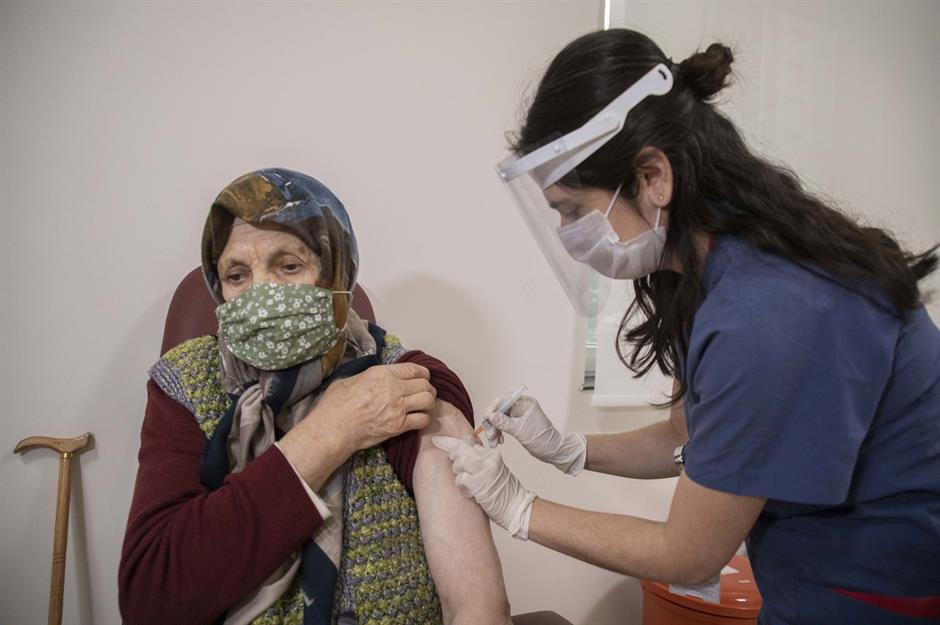
The Turkish government has made a deal to purchase 100 million doses of the CoronaVac vaccine developed by Chinese pharmaceutical firm Sinovac, and started rolling out a mass immunisation programme in mid-January. The authorities have also secured 4.5 million doses of the Pfizer-BioNTech vaccine with an option for 30 million additional doses, but they are still engaged in procurement negotiations.
South Korea: 126 million doses

The South Korean government started its big immunisation drive in February and expects to have enough vaccine to inoculate the entire population. Rather than putting its eggs in one basket, the powers that be have placed orders for a variety of vaccines, including 40 million doses each of the Moderna and Novavax vaccines, 20 million doses each of the Pfizer-BioNTech and Oxford-AstraZeneca shots, and a further 6 million doses of the Johnson & Johnson vaccine. However, the rollout so far has been relatively slow given the government there wants 70% of the population vaccinated by September.
Latin America (excluding Brazil): 127.6 million doses
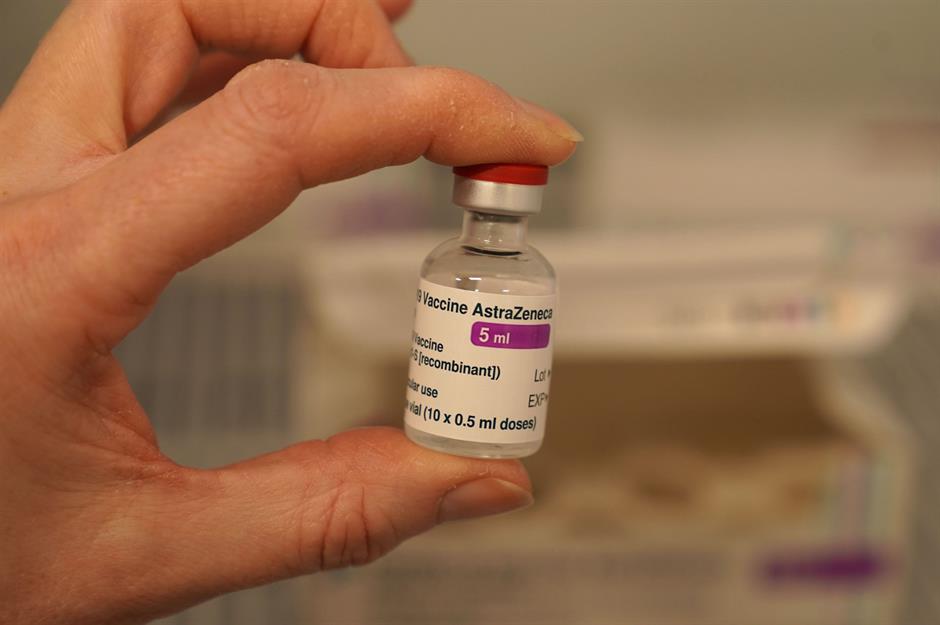
The Launch & Scale Speedometer tracks COVID-19 orders made by blocs of countries in addition to those arranged by individual nations, and includes an agreement between Mexican billionaire Carlos Slim Helú's non-profit foundation and AstraZeneca to supply 127.6 million vaccine doses to Latin American countries, with the exception of Brazil. This figure is down from the 150 million doses previously reported.
Australia: 144.8 million doses
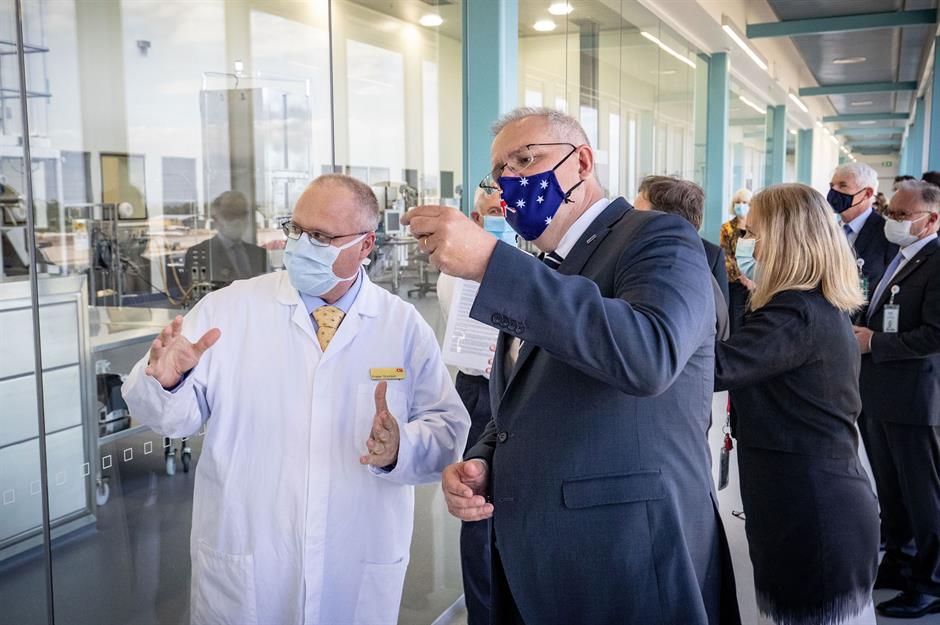
Australia has earmarked AU$3.3 billion ($2.5bn/£1.8bn) to spend on vaccines and has already secured 144.8 million doses, enough to immunise the entire population twice over. The largest of the orders is for 53.8 million doses of the Oxford-AstraZeneca shot. However this caused a major issue earlier this month when the government stopped giving this vaccine to under-50s because of concern over blood clots. This caused the government to abandon its target of having all Australian adults fully vaccinated by the end of October.
Mexico: 177.83 million doses
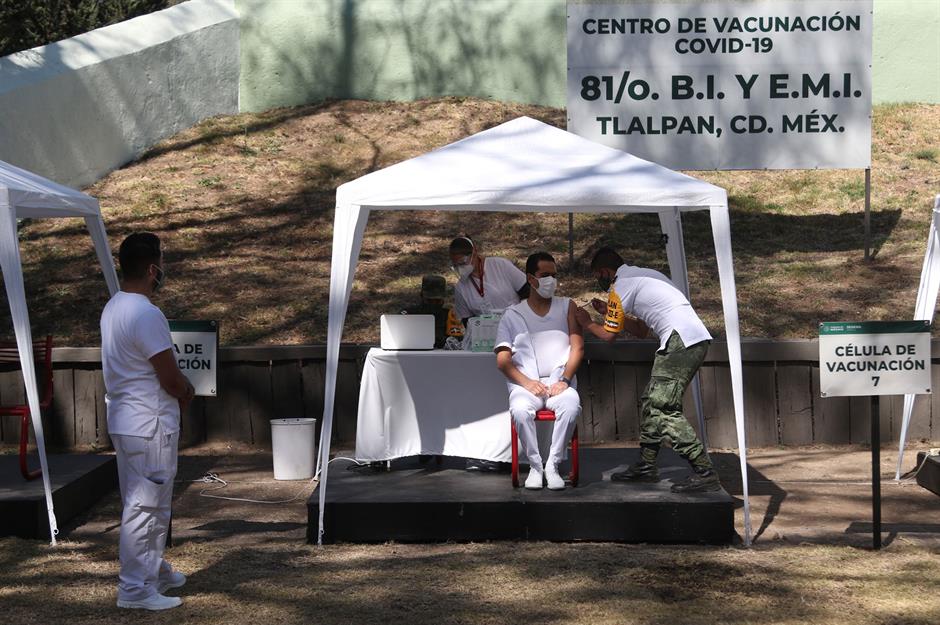
As well as signing up to the COVAX facility, the government of Mexico has budgeted almost a billion dollars for COVID-19 vaccines and intends to immunise the entire population in its vaccination programme, which commenced in December. The largest disclosed order is for 79.43 million doses of the Oxford-AstraZeneca vaccine. Despite reports of cases of blood clots in Europe, Mexico's Health Minister Hugo López-Gatell announced that it will continue administering the jab, and that there have been no such cases in Mexico.
India: 205.5 million doses
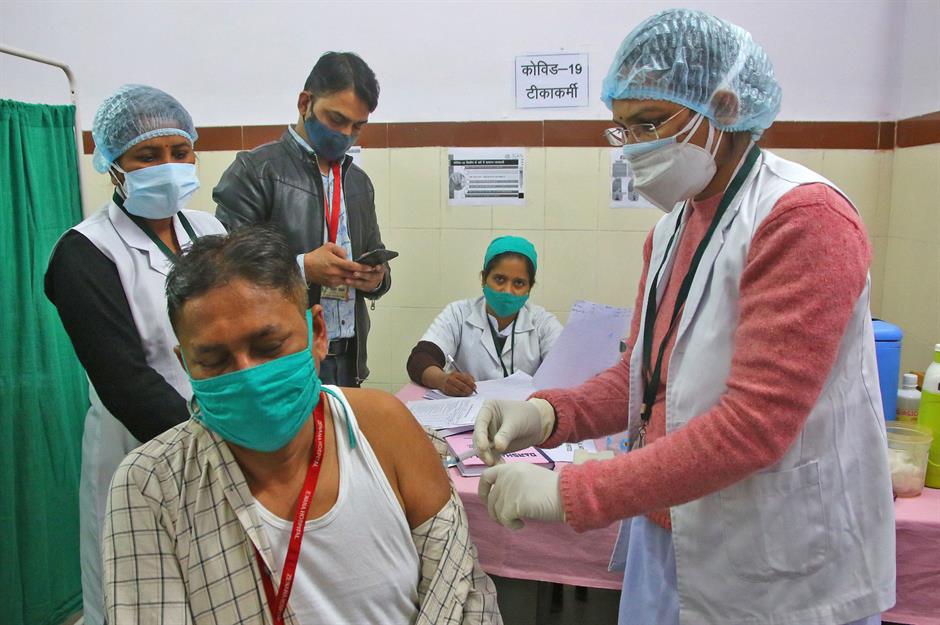
The Indian government launched the biggest immunisation drive on the planet in mid-January and as the world's leading vaccine manufacturer will actually produce most of the COVID-19 vaccine supplies it uses. So far, India has ordered 205.5 million doses, including 100 million doses of the Oxford-AstraZeneca vaccine, which controversially it bought for the knockdown price of $2.72 (£2) per dose – neighbouring Bangladesh on the other hand has ended up paying $4 (£2.90) a pop and South Africa is having to spend $5.25 (£3.83). It has also bought 100 million doses of Russia's Sputnik V vaccine, and 5.5 million doses of Covaxin, a vaccine created by Indian pharmaceutical company Bharat Biotech. However, despite the fact India is actually the location for the production of two vaccines, only around 10% of adult Indians have received one vaccine dose to date. The country is now experiencing a debilatating second wave of COVID-19, which is impacting the global vaccine rollout, with 74 countries using vaccines made in India.
Indonesia: 240.5 million doses
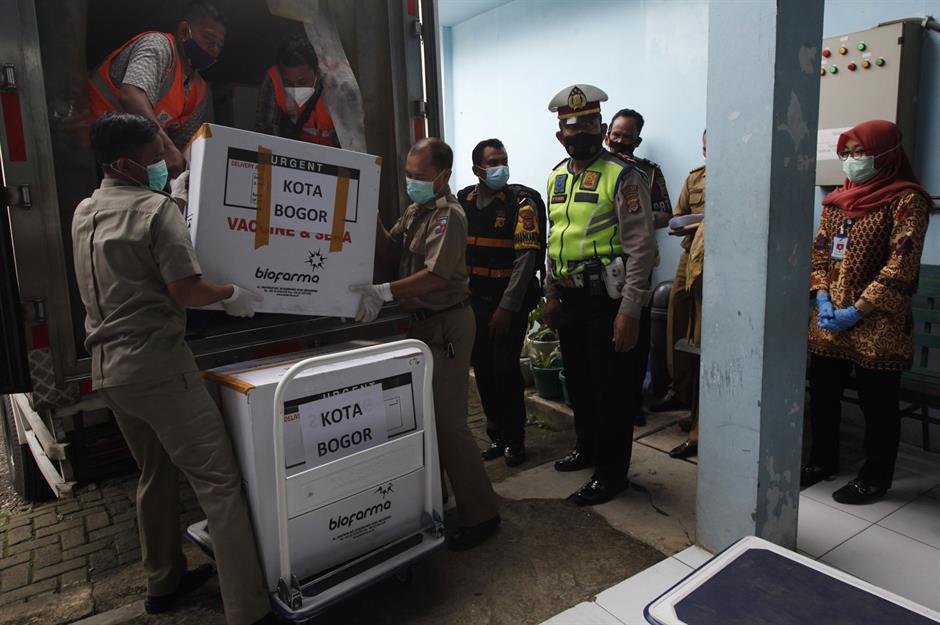
The Indonesian government has allocated $5.2 billion (£3.8bn) to coronavirus vaccine spending, having secured 240.5 million doses, including a bumper order for 125.5 million doses of the Sinovac vaccine. Indonesia has ordered 50 million doses of the Oxford-AstraZeneca vaccine, but following the reports of blood clots from some recipients of the vaccine in Europe the country briefly paused the rollout of this particular jab. It has since resumed its use of the AstraZeneca vaccine. In contrast to many other countries, Indonesia is prioritising the immunisation of the 18-to-59 age group over older people in an effort to keep its economy ticking over.
Japan: 314 million doses
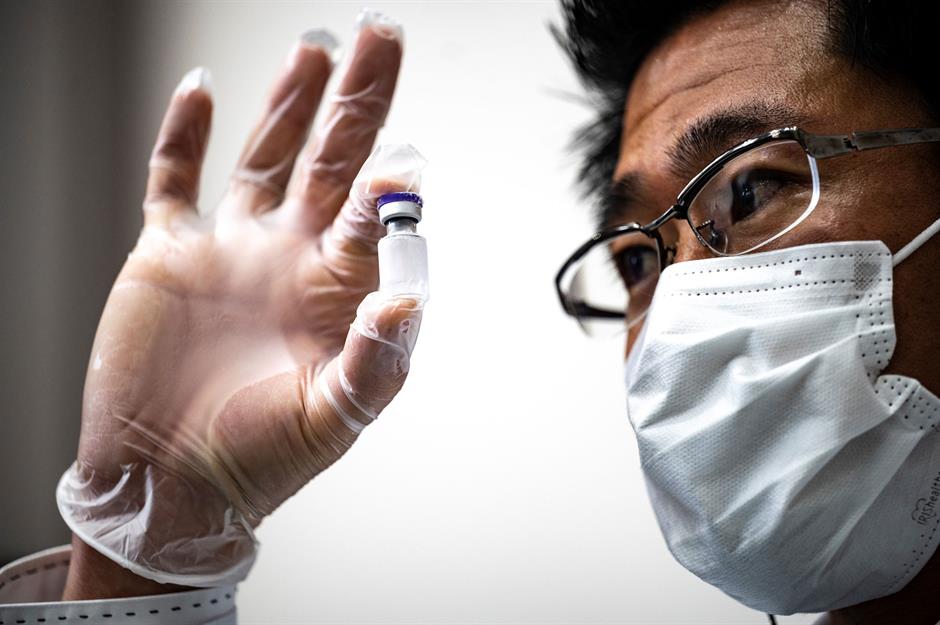
Japan started its nationwide vaccination rollout in mid-February, a little later than other nations, and still hasn't managed to catch up which is causing many to doubt whether the already once-postponed Olympics should go ahead. Only 1.3% of Japan's total population has received at least one vaccine dose as of this week, which sees it trail well behind other rich nations. But Japan has to contend with very low levels of vaccine confidence among its people after several vaccine scandals in the last 50 years, which have led to less than 30% strongly believing vaccines are safe, important and effective, according to a study published by The Lancet in 2020. Despite this, the nation's government put aside billions of dollars to pay for the 314 million doses of coronavirus vaccines it has ordered, which more than cover the entire population, made up of 120 million doses of the Oxford-AstraZeneca vaccine and 144 million doses of the Pfizer-BioNTech vaccine, as well as 50 million doses of Moderna's.
Canada: 316 million doses
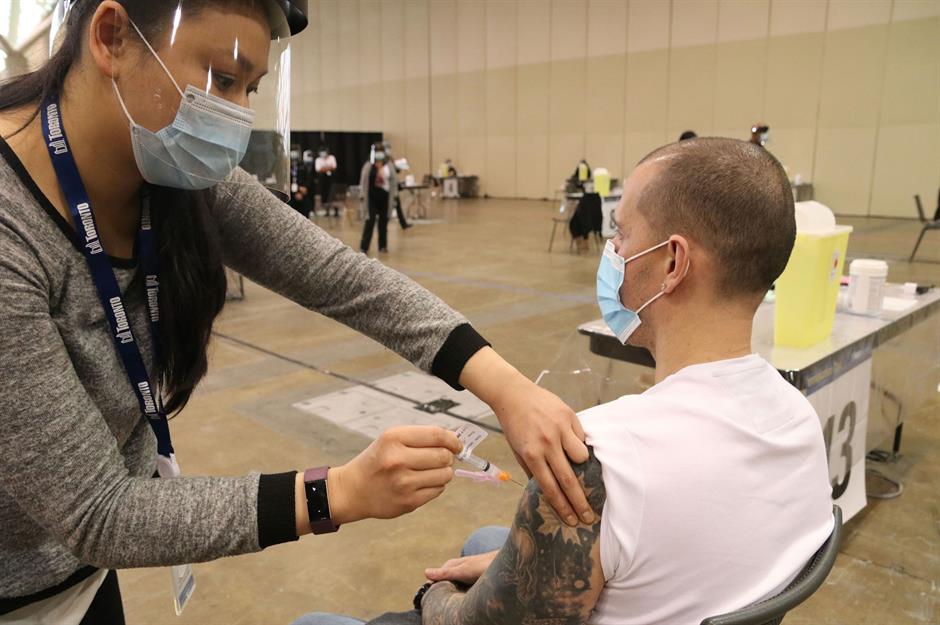
Canada has procured more vaccine doses per head than any other country in the world, enough in fact to immunise the country's population five times over. The country began administering the Pfizer-BioNTech vaccine on 14 December, and in total the government has snapped up 40 million doses of the Pfizer-BioNTech vaccine as well as 76 million shots of the Medicago vaccine, 72 million shots of the Sanofi-GSK vaccine, 52 million doses of the Novavax vaccine, 44 million doses of the Moderna vaccine, 10 million of the Johnson & Johnson vaccine, and 20 million orders of the Oxford-AstraZeneca. Initially the country was not offering the AstraZeneca vaccine to over-65s, but it has since changed its policy to only allow over-55s to receive this vaccine.
Canada has come under fire for requesting access to the COVAX initiative's supply of low-cost vaccines destined for lower- and middle- income nations. Canada is the only G7 country to do so, giving $440 million (£320m) to COVAX in September 2020, which secured it doses from around nine vaccine candidates. It is expected to receive an initial 1.9 million doses of the Oxford-AstraZeneca vaccine through the scheme. After a slow start, the vaccine rollout in Canada has gathered pace with over a third of all adults having received one dose.
Brazil: 370 million doses
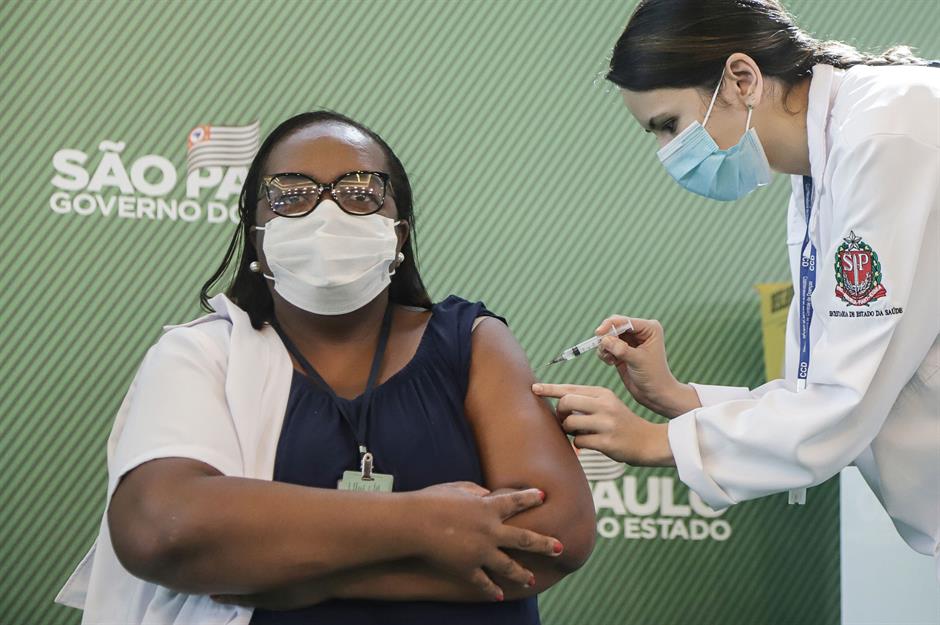
Grappling with a mutated form of the virus and the third-highest number of COVID-19 cases in the world, the Brazilian authorities' vaccination programme is also struggling. To date, the government has reserved 370 million vaccine doses, the most significant order being for 102 million doses of the Oxford-AstraZeneca shot, 100 million of which will be produced locally. The country is also set to receive 9.1 million doses through the COVAX initiative, and the first deliveries arrived at the end of March. But less than a quarter of the adult population has received a first dose.
UK: 457 million doses

The first nation in the world to roll out a COVID-19 vaccination programme – pictured is Margaret Keenan, the first person ever to receive a COVID vaccine – the UK has won plaudits for its immunisation programme, with nearly two-thirds of all adults having now received a first vaccination dose and a quarter fully vaccinated. The UK's National Audit Office estimates the government will spend up to $16 billion (£11.7bn) on coronavirus vaccines, with 457 million doses on order, including 100 million doses of the Oxford-AstraZeneca jab, which is sufficient to vaccinate everyone in the country three times over. In fact the UK's vaccine drive looks like it is already preparing for the long term, and the nation has now bought 40 million doses of the Valneva vaccine, even though it has not been through clinical trials or been approved by the UK's regulator, which are set to be delivered in 2022.
African Union: 770 million doses
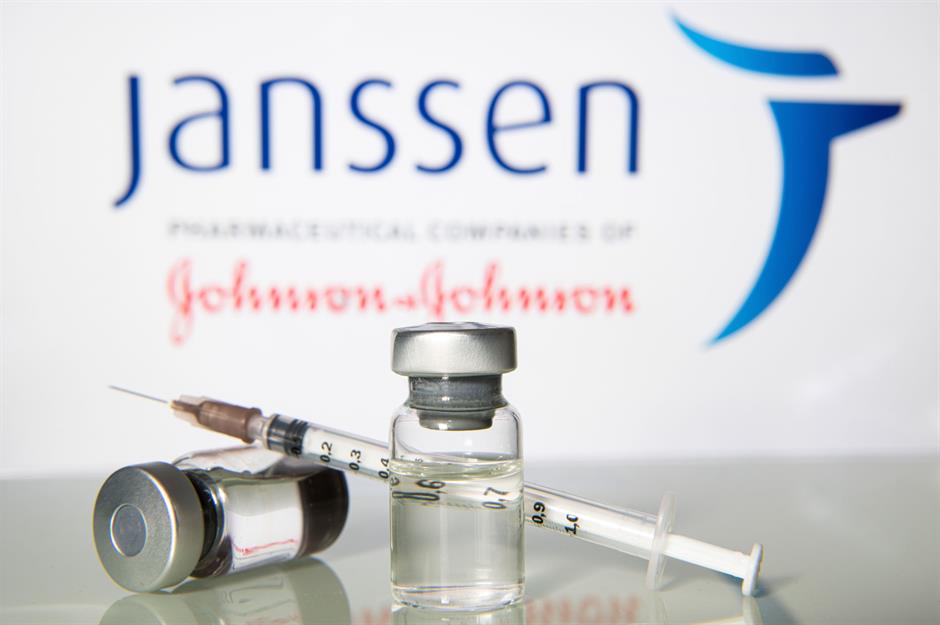
The African Union is working hard to ensure its 55 member states aren't deprived of vaccines, though many nations in the bloc will struggle to immunise enough people to reach herd immunity without outside help. The organisation arranged payment guarantees of up to $2 billion (£1.5bn) to garner 270 million doses, including an order for 500 million of the Pfizer-BioNTech shot, 220 million doses of Johnson & Johnson's upcoming vaccine, and 50 million doses of the Oxford-AstraZeneca vaccine. The African Union had planned to buy a further 400 million doses from The Serum Institute of India, which is making a vaccine using the Oxford-AstraZeneca formula under the name of Covishield, but has since dropped the idea, and is reportedly now looking at buying additional doses from Johnson & Johnson.
COVAX: 1.12 billion doses
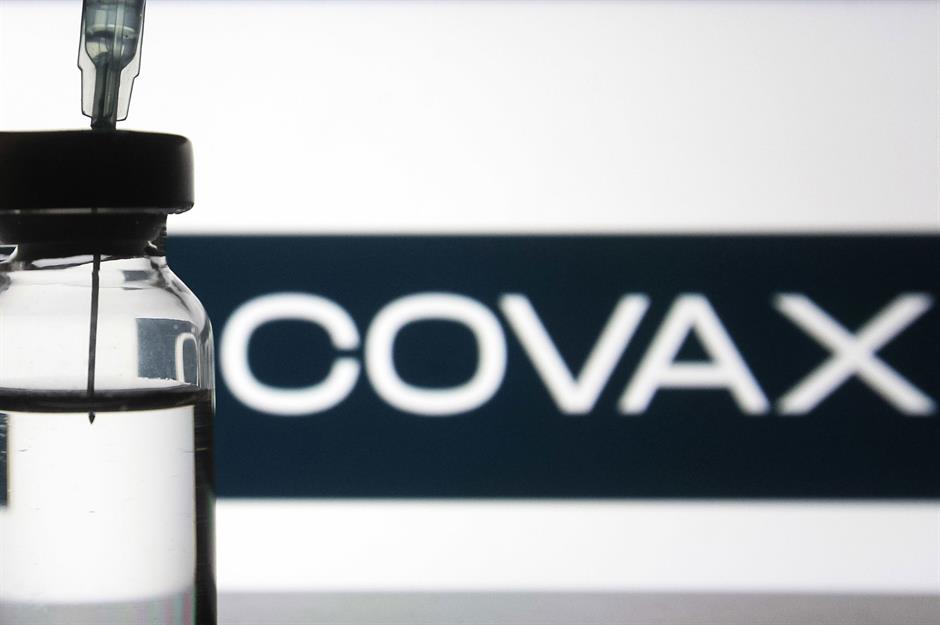
As mentioned, the COVAX facility is an initiative spearheaded by the World Health Organization, which was set up to provide low-cost COVID-19 vaccines to countries, particularly lower income ones, to ensure equal access for all. Working with manufacturers including AstraZeneca, the global collaboration, which involves two-thirds of all countries, has secured 1.12 billion doses for distribution worldwide so far. COVAX has an aim of securing two billion doses by the end of 2021 to end the acute phase of the pandemic. However, the doses intended for lower income countries are being produced in the Serum Institute of India (SII) and have already been delayed as India battles another wave of COVID-19 infections.
USA: 1.21 billion doses
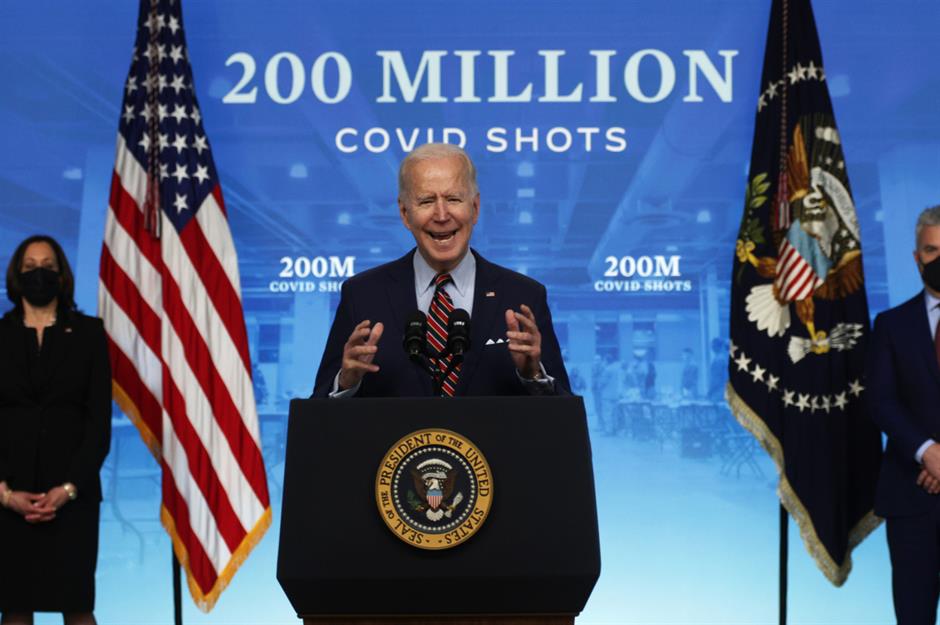
The vaccine initiative set up by the Trump administration, previously called Operation Warp Speed, has spent around $12.4 billion (£9bn) supporting vaccine development andacquired 1.21 billion coronavirus vaccine doses, enough to immunise the population of America twice over. President Biden promised to have administered 100 million vaccinations in his first 100 days of office, and on 19 March the US passed this goal six weeks ahead of schedule. As a result, on 25 March he revised that target upwards to 200 million, and this was also achieved ahead of schedule on 21 April.
Under the Trump administration, the US purchased 300 million doses of the Oxford-AstraZeneca vaccine, 200 million doses apiece of the Moderna and Pfizer-BioNTech vaccines, and 100 million doses from Sanofi-GSK and 110 million from Novavax. The Biden government has bought 100 million more doses of each of the Moderna and Pfizer-BioNTech vaccines, and has announced its intention to purchase a further 100 million from Johnson & Johnson although that deal hasn't been finalised as yet. The Johnson & Johnson, Moderna and Pfizer-BioNTech vaccines are currently the only ones authorised for use.
President Biden had said that there will be enough doses for all Americans by the end of May. The White House is also sending four million shots of the AstraZeneca vaccine to its neighbours Canada and Mexico (1.5 million and 2.5 million doses respectively). As part of the deal, any unused vaccine must be returned to the US. It is now also donating a further 60 million doses to other countries around the world, and India is expected to be one of the key recipients.
EU: 1.885 billion doses
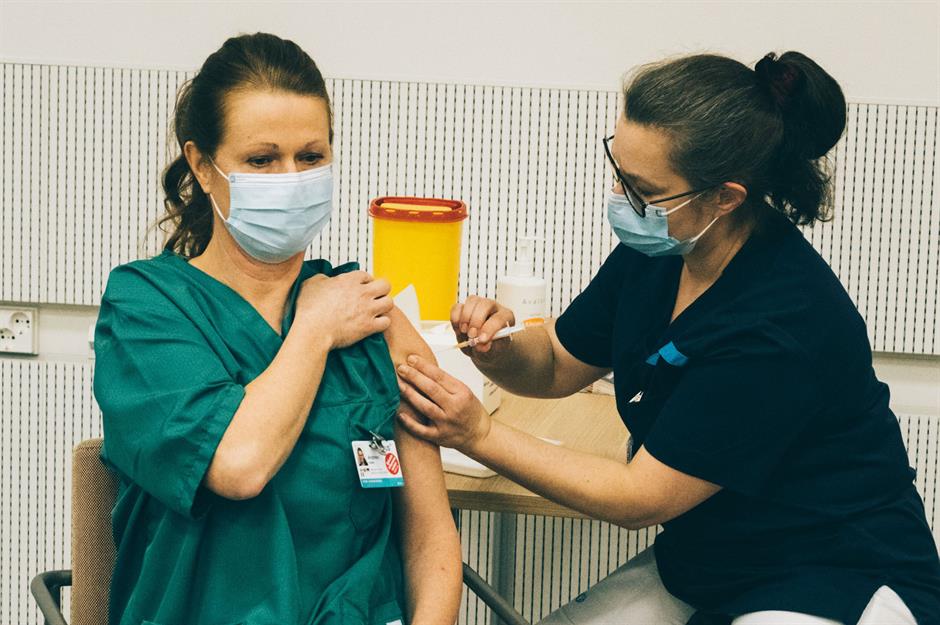
The rollout of the EU's vaccination programme hasn't gone smoothly. The bloc has paid tens of billions to secure 1.835 billion doses.
However, the EU soon became embroiled in an argument with AstraZeneca over shortages, after the manufacturer announced it was only able to deliver 31 million doses by the end of March rather than the expected 80 million doses. AstraZeneca blamed the situation on production issues in factories in Europe, but the EU pushed for access to vaccines produced in UK factories. The argument seemed to end on 1 February when AstraZeneca promised to add 9 million doses to the end of March batch, but the EU then threatened to ban the export of doses of the vaccine destined for the UK until the EU had enough. Things escalated further this month as Brussels started legal action against AstraZeneca over the shortfall.
As well as the total 300 million doses it has on order from the now approved AstraZeneca, the EU has cut colossal deals with Pfizer, Johnson & Johnson, Sanofi-GSK, Moderna, Novavax, CureVac and Valneva.
Now read about the industries set to boom after coronavirus
Comments
-
REPORT This comment has been reported.
Do you want to comment on this article? You need to be signed in for this feature
02 April 2021